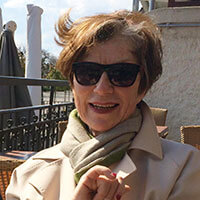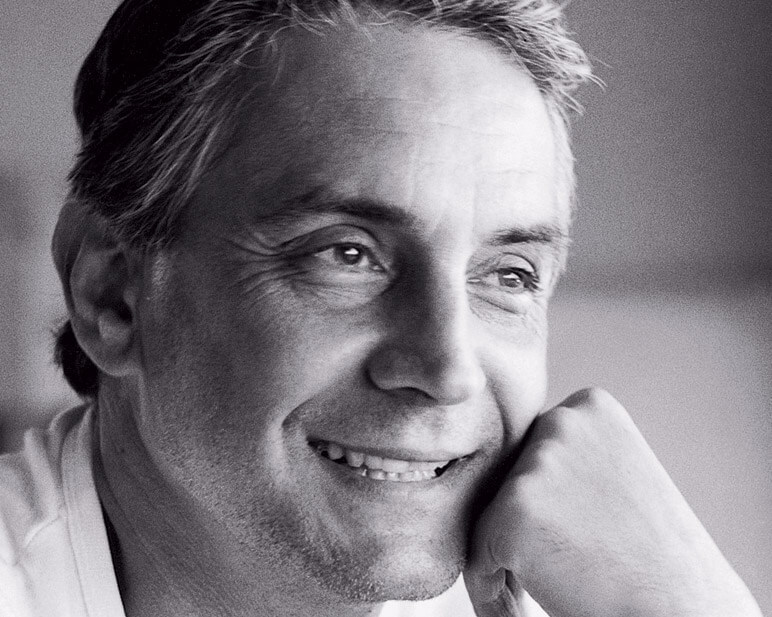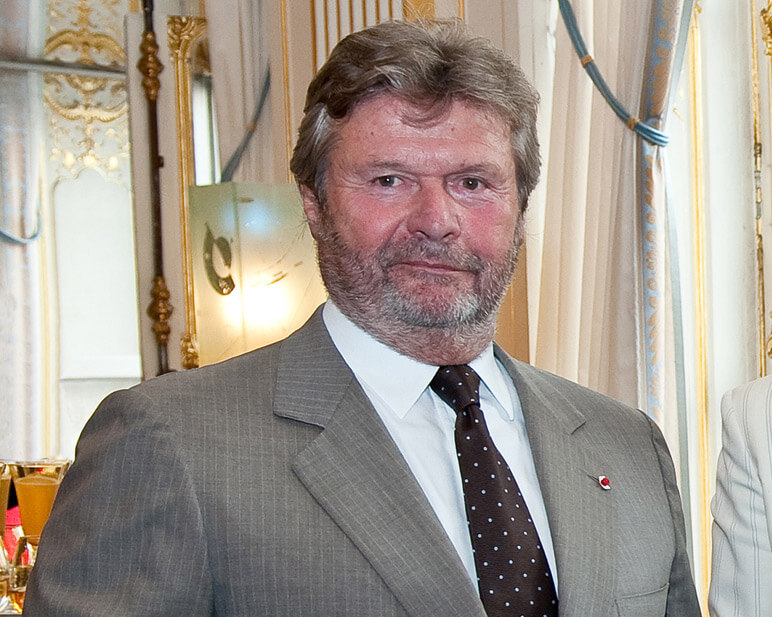The Fondation Cartier pour l’art contemporain, created to stimulate and inspire diversity in the contemporary art world, is itself a work in progress. The collaborations that it initiates spark unexpected adventures with many artists of our times. Spotlight on a foundation with a finger on the pulse of creativity.“
By art, we mean all the disciplines that allow creativity to be expressed. In terms of contemporary art, we include all living artists across all generations”, announces curator Grazia Quaroni. Diversity is therefore at the heart of the foundation’s agenda where videos, paintings, design, fashion and photography rub shoulders with sculptures and monumental installations in a program meant to “broaden our scope of reflexion.”
Exhibitions based on individual artists or themes
Whether monographic or thematic, each exhibition is unique. Each one is the result of the efforts of an entire team lead, for the past 20 years, by Hervé Chandès (see interview). The list of 200 projects is as intriguing, as it is impressive. From David Lynch’s disturbing realisms (2007) to island-themed installations by Agnès Varda (2006), or explorations on the subject of twins (1996) or graffiti (2007), the objective is to present “layered and engaging exhibitions.”
The current exhibition by Chinese artist Yue Minjun (until 17 March, 2013), which sheds a light on the perplexity and disillusionment hidden behind the grotesquely exaggerated smiles of the characters, is accompanied by a series of fascinating documents. Filmed interviews of the artist, as well as Chinese curators, expose with disturbing honesty the situation faced by artists in China over the past 20 years. This is what the Foundation is also about, says Grazia Quaroni: “We want to share interesting situations.”
She admits that the projects often go against the common consensus, not with a goal to provoke, but rather to inspire. “Opportunity always triggers ideas”, she says naming the example of the famous 2004 Hiroshi Sugimoto exhibition, inspired by a simple photograph.
New art
The foundation also offers the possibility for artists to create “a piece they have always dreamed of” by providing them not only with the funds, but also with know-how and a network. As an example, Grazia Quatoni mentions the famous French photographer Raymond Depardon who was given the opportunity to create seven short films on the cities of Rio de Janeiro, Shanghai, Tokyo, Berlin, Moscow, Addis-Ababa and Cairo. “These artists leave a trace in the Fondation Cartier’s art collection” she explains, a collection considered to be one of the most representative (and outstanding) of contemporary art over the past 30 years.
In order to include the performing arts, the Nomadic Nights were inaugurated in 1994 and have become a popular rendez-vous, sometimes even outside the walls of the Foundation. Video artists, choreographers, writers and musicians, visual artists and actors weave connections between the live and visual arts. More than 500 Nomadic Nights have taken place so far, including 220 concerts. Some evenings are organized on surprising topics, such as Food Lab or Physical Cultures, which question the links between art and gastronomy or sports. “We are in a permanent state of tension,” says Grazia Quaroni.
An international aura
With an equally evocative title, the Nights of Uncertainty, under the guidance of renowned journalist, Stéphane Paoli, and the astrophysicist, writer and poet, Michel Cassé, have since 2012 offered enthusiastic audiences thought-provoking journeys that contribute to enlarging or enriching the issues skirted upon by the exhibitions.
Since its very beginning, the Fondation has sought multicultural collaborations, both with artists from distant lands, as well as renowned foreign institutions. Over the years it has acquired an international aura thanks to the more than a hundred exhibitions that have been presented throughout the world.
The Fondation has also helped commission travelling exhibitions, such as the “Art & Craft & Design” recently presented at the 2013 Salon International de la Haute Horlogerie in Geneva, a project by famous designer architect Alessandro Mendini, with whom the Foundation often collaborates, as well as the Fondazione dei Mestieri d’Arte (Foundation for Artistic Craft Professions) in Milan (see link).
Active philanthropy
Grazia Quaroni admits that the foundation’s private status “allows it to be generous” and most importantly, to act rapidly. In accordance with its founding principles, the Fondation Cartier is firmly committed to creativity. By encouraging new explorations, it has inaugurated a form of active philanthropy that remains a work in progress. The relationship with Cartier is clearly and even strongly expressed, explains the curator, “But art and luxury come from different worlds and we mix neither our products, nor our homes”.
This form of philanthropy reminds us of the one practiced by “the Popes and the Lords” who used to commission art work, Grazia Quaroni suggests. She is careful to point out that it has nothing to do with sponsoring or events management. “ We can be credited with contributing to Cartier’s visibility, but the foundation is first and foremost a home for artists,” she adds, as she dashes off to make new artistic connections.















